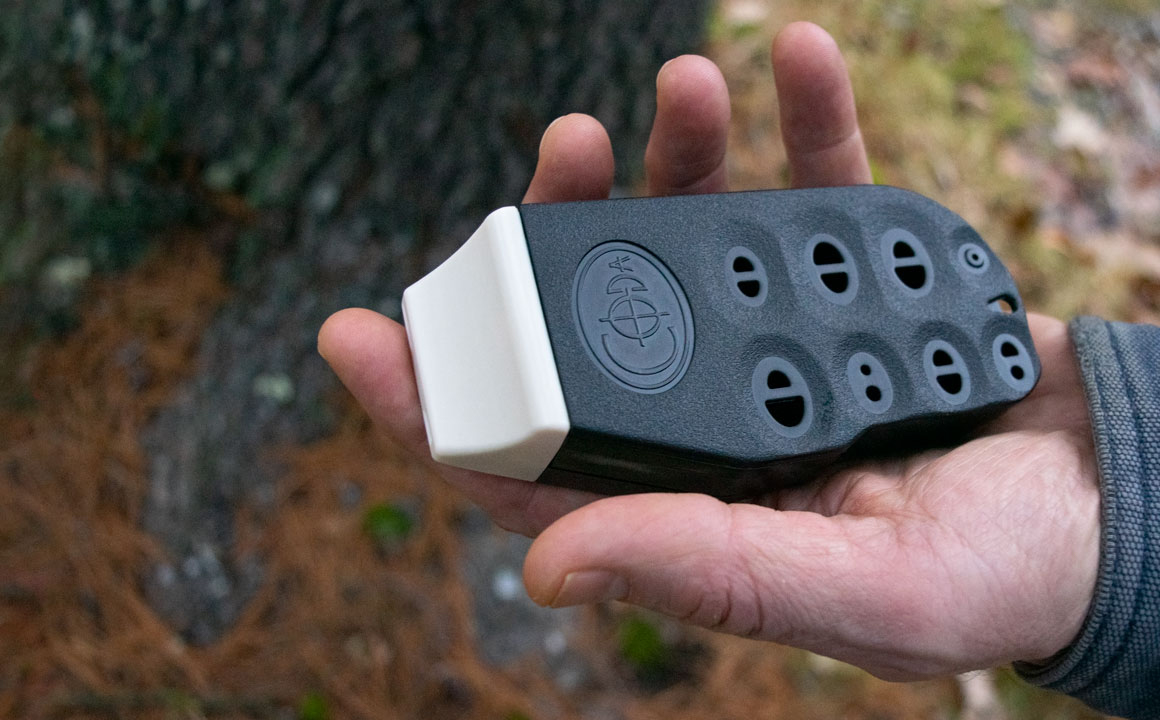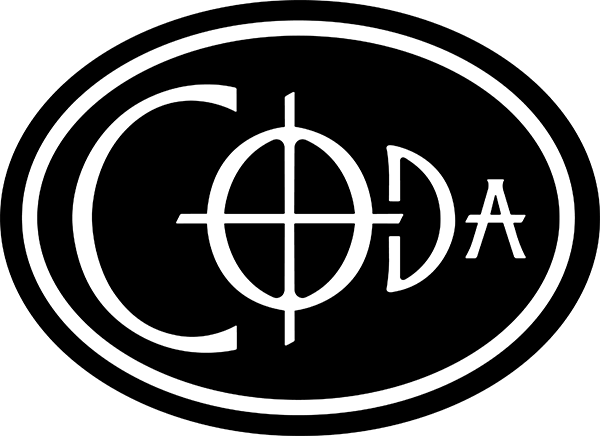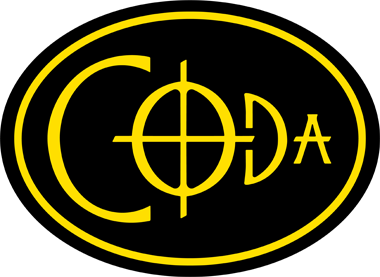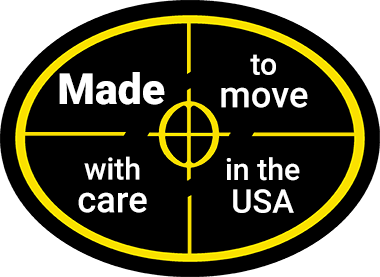“My focus, my aspiration, has been to make playing an instrument a more natural part of our lives… to free music from the confines of the practice room.”
–Karl Ahrens
Founder of Coda EDC Flutes
What Ever Happened to My Saxophone?
My situation is not so different from that of so many people I’ve spoken with. Perhaps you can relate. I played a musical instrument (in my case, a saxophone) for several years during my school days. That’s a lot of lessons, band classes, concerts, practicing… Then what? Well, I left home, went off to college, and my saxophone stayed behind. Alas, we grew apart, my saxophone and I.
Years later, with work responsibilities and a family to nurture, I started to miss making music, but I just couldn’t see how that big old saxophone would fit back into my busy adult life.
The Problem
What’s wrong with a saxophone? Not a thing! It’s great at what it does! And I’m still a sax fan. The problem is that I wanted something that I could fit in whenever I had a spare minute or two, which you can’t do unless your instrument is instantly available. Sadly, the saxophone is like most other band, orchestral, or folk instruments. They are just too bulky and/or fragile to conveniently cart about with you. (Try stuffing a piano, guitar, or saxophone into your pants pocket!) Even if they were more portable, it takes at least a minute or two just to put many instruments together, or wet the reeds, or tune the strings, or warm up the chops, or clean up afterwards, etc. Your two minutes are gone, and you never got to play a note.
If Only…
If only music making could be a more natural, spontaneous part of adult life! If only you didn’t have to make an appointment with yourself just to play your instrument! If only you didn’t have to go off to some special practice room to do it! And where is the adventure, the fun, of playing wherever life may take you?
A Solution?
So what is the answer? Well, different people want different things, but I wanted a flute whose sound, range, and ergonomics were worthy of serious dedication. At the same time, this flute had to be palm-sized, tough, and light enough to keep on me. That way I could play whenever: with my family, taking a quick break from work, waiting for water to boil in the kitchen, barbecuing in the backyard, sitting in a parked car, in the park, by the ocean, on a road trip, on a mountain trail, hiking, camping…. (There is nothing quite like making music out in nature.)
What is Coda?
Coda is a full-fledged EDC flute. It’s also a dream I’ve been doggedly pursuing for several years now, through many iterations, scores of prototypes, countless challenges, and unimagined setbacks. During this long development process, my guiding criteria were the following:
- Coda had to be tiny, tough, and light enough for EveryDay Carry so that we’d be free to bring it along and play anytime.
- At one point, I had finally achieved a beautiful version of Coda that I was ready to bring to the market. However, after agonizing over the decision, I chose to go back to the drawing board. Why? To me, that version was a little too bulky for EDC, and experience had taught me this: if you don’t have it, you can’t play it. EDC fits into life better and brings adventure into the mix.
- It had to have two fully chromatic octaves so that we’d have enough range to play what we want, we could join in more easily with other musicians, and we could perform in more keys.
- Way back in 1996, I first began prototyping and eventually manufacturing wonderful pocket-sized flutes. Ultimately, they had one main drawback. They needed more range!
- It had to have a simple intuitive fingering pattern so that we could not only handle challenging pieces but also ENJOY improvising and playing by ear.
- Simplified fingering was a tremendous challenge for a tiny flute with so much range, but, to me, it was vital. I wasn’t interested in traditional solutions that would have made Coda overly complicated or cumbersome to play.
- It had to have good tuning and solid, pleasing sound across its entire range so that it was enjoyable to play and listen to.
- It had to be relatively affordable.
- I added this last criterion after first experimenting with various manufacturing methods that resulted in Coda being far too expensive for my tastes. Thus, we began the enormous, costly, and time-consuming process of making Coda precise and yet more affordable.
There are so many wonderful instruments that you could play (and perhaps do play). Where does Coda fit in? Well, I designed Coda to be an outstanding musical companion. Coda can be there for you even when all the other instruments have stayed home.
—Karl Ahrens





